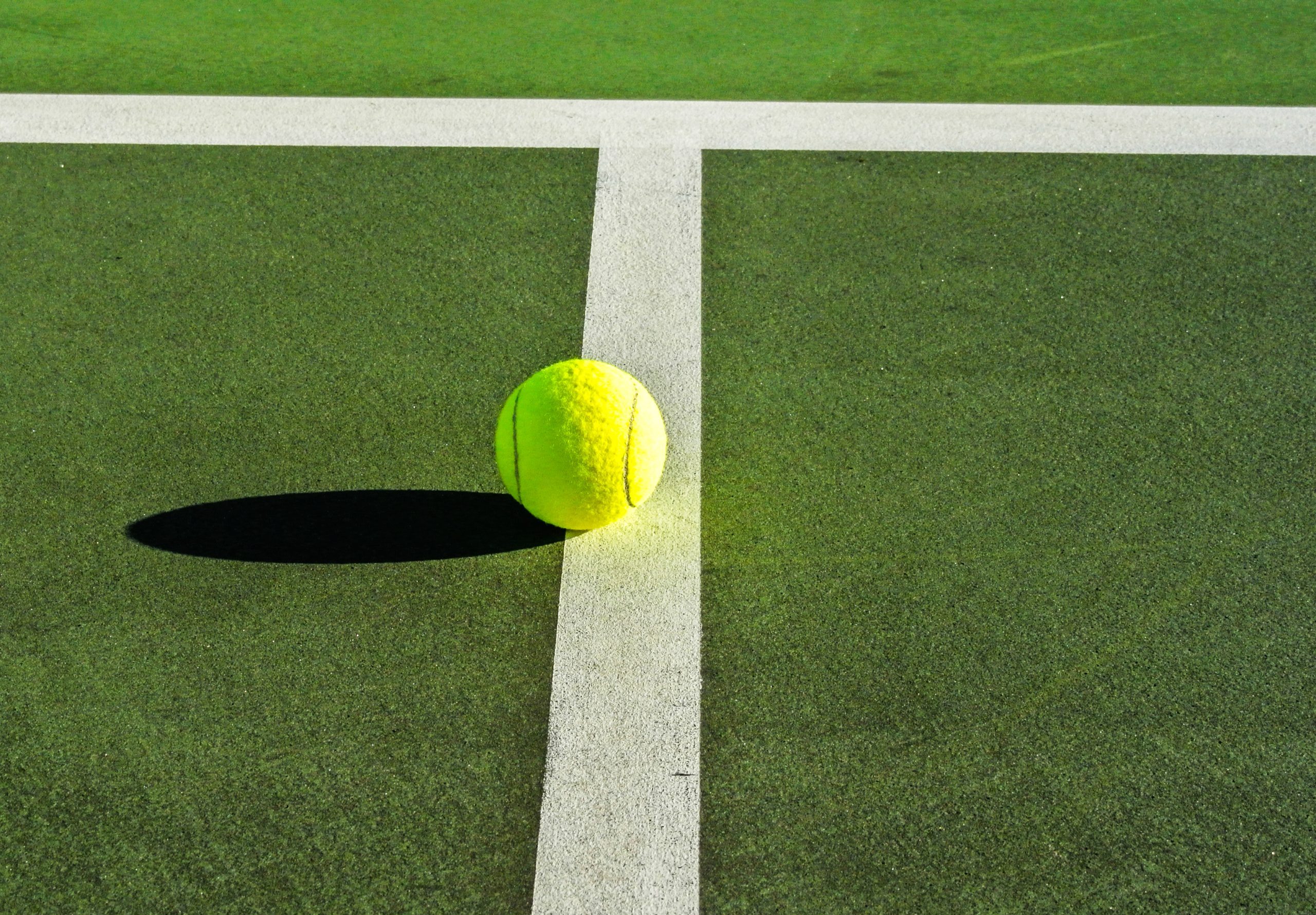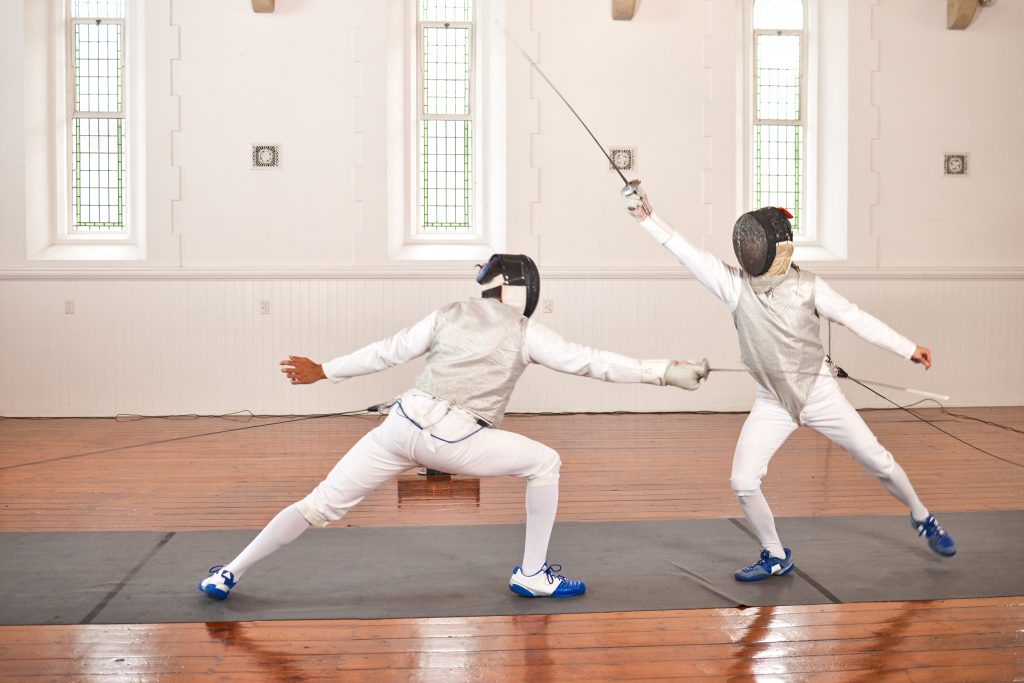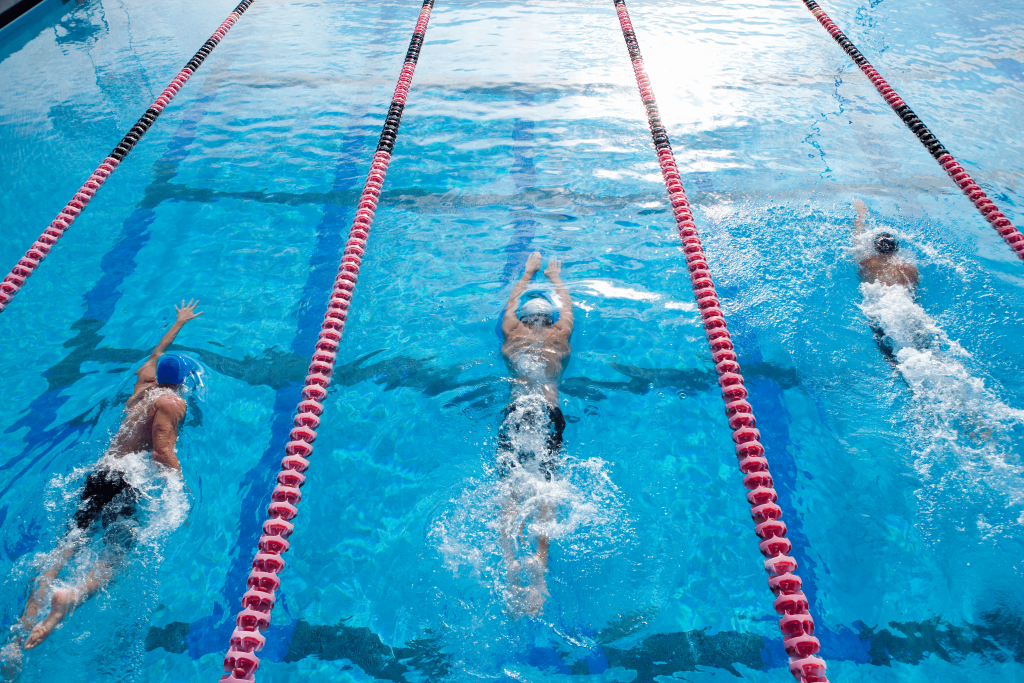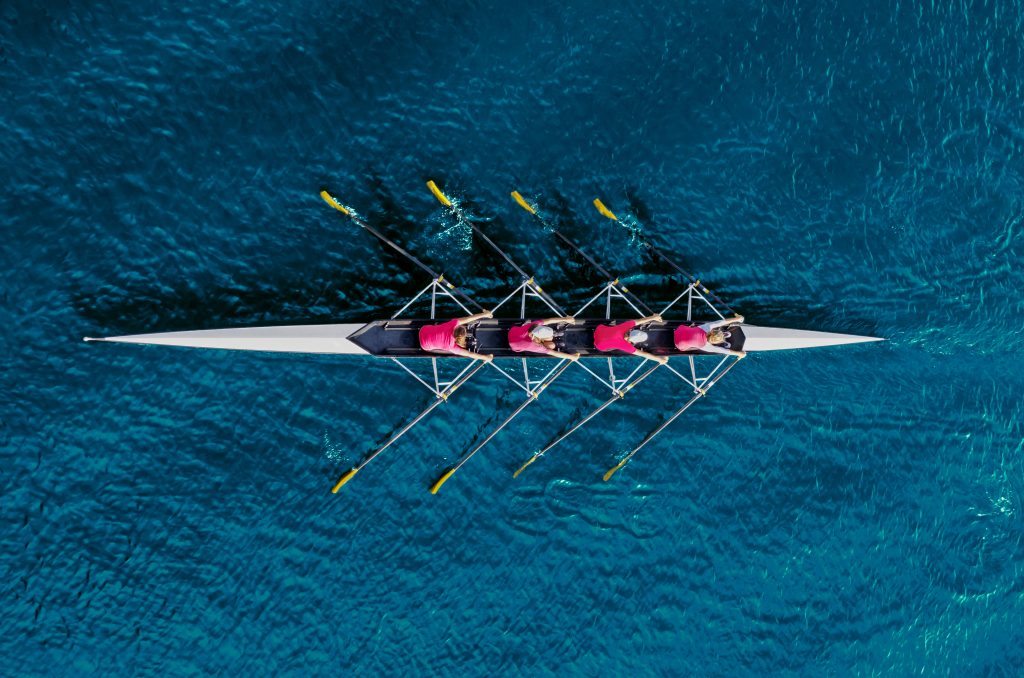
Tennis has changed a lot since its conception as “Jeu de paume” (game of the hand) in 12th century France. Improvements to equipment, such as the use of phosphorescent materials in the balls to increase visibility in low light, and increasing the size of the “sweet spot” in racquets, have increased the speed and power of play, making it a faster, more aggressive and engaging sport.
One of the biggest innovations to the game in recent years is Hawk-Eye®, a video processing system that comprises a series of high-performance cameras. The cameras can track a ball and accurately pinpoint or predict where it will land. In tennis, it is used to visualise shots in replays and to determine if a given shot was in or out.
In almost all major tennis tournaments, Hawk-Eye is used to inform umpire decision making. However, at the famous Stade Roland-Garros – used for the French Open and this year’s Paris Olympics – the technology is used purely for broadcasting purposes and does not assist in decision making in any way. That is partly due to tradition and partly due to the clay surfaces used at Roland-Garros. When the ball lands on the clay, it leaves a mark in the dust, which can be inspected to help determine if the shot was in or out. However, as one can imagine, this can lead to some controversy over hotly contested line calls!
The Hawk-Eye technology was originally developed by Roke Manor Research Limited, who filed an international (PCT) application for the technology in 2000. Although the PCT application was predominantly aimed at a cricket use case (see Fig. 1 of the patent below, and claim 2 specifically refers to LBW decisions), the claims relate more generally to a “video processing system for use in ball games”, with the scope therefore covering additional ball-based sports, such as tennis. The rights were acquired by Sony Group Corp in 2011 and Hawk-Eye continues as Hawk-Eye Innovations Ltd.

Fig. 1 of WO 01/41884
It turns out that the original patent did not ultimately reach grant. Furthermore, even if it had done so, a patent lasts a maximum of 20 years from its filing date (subject to renewal fees) and therefore would have expired in 2020. And yet, over 20 years on from the original filing, Hawk-Eye is still the dominant camera-based system for sports broadcasting and officiating, especially in cricket, tennis and football. There are a number of possible contributory reasons for this:
Barrier to entry
Multi-camera visualisation systems like Hawk-Eye are expensive and they take significant time and resources to set up. There are also a limited number of sporting events that require such technology and can afford it. Even though the patent application may not ultimately have reached grant, by getting in early with their patent filings, Hawk-Eye will have created a deterrent for third parties looking to enter the market, and may also have helped them be more attractive during the 2011 acquisition by Sony.
Brand recognition
There are a number of competitor brands to Hawk-Eye but none of them are as well-known or memorable. Hawk-Eye was not even the first line call technology to market – Cyclops was an electronic line calling tool used in tennis prior to Hawk-Eye and used infra-red beams to determine if a shot was out. But the video technology of Hawk-Eye was more visually engaging compared to the audible “beeps” of Cyclops, which suited televised broadcasts. Hawk-Eye has helped to protect its brand through the use of registered trade marks in various jurisdictions.
Continued innovation
Hawk-Eye Innovations have continued to improve and innovate on their original system, and they have patented many of these advancements. These even include a patent for “improving audience participation” at a stadium (compared to watching at home) by detecting placards in the live audience. In this way, Hawk-Eye can continue to protect their IP and maintain their market leader position even though the original patent application is no longer in play.
We can see that Hawk-Eye has used IP to their advantage to help capitalise on their innovative technology and place themselves as the market leader. Let’s just hope that there are no controversial line calls during the Paris tournament.


